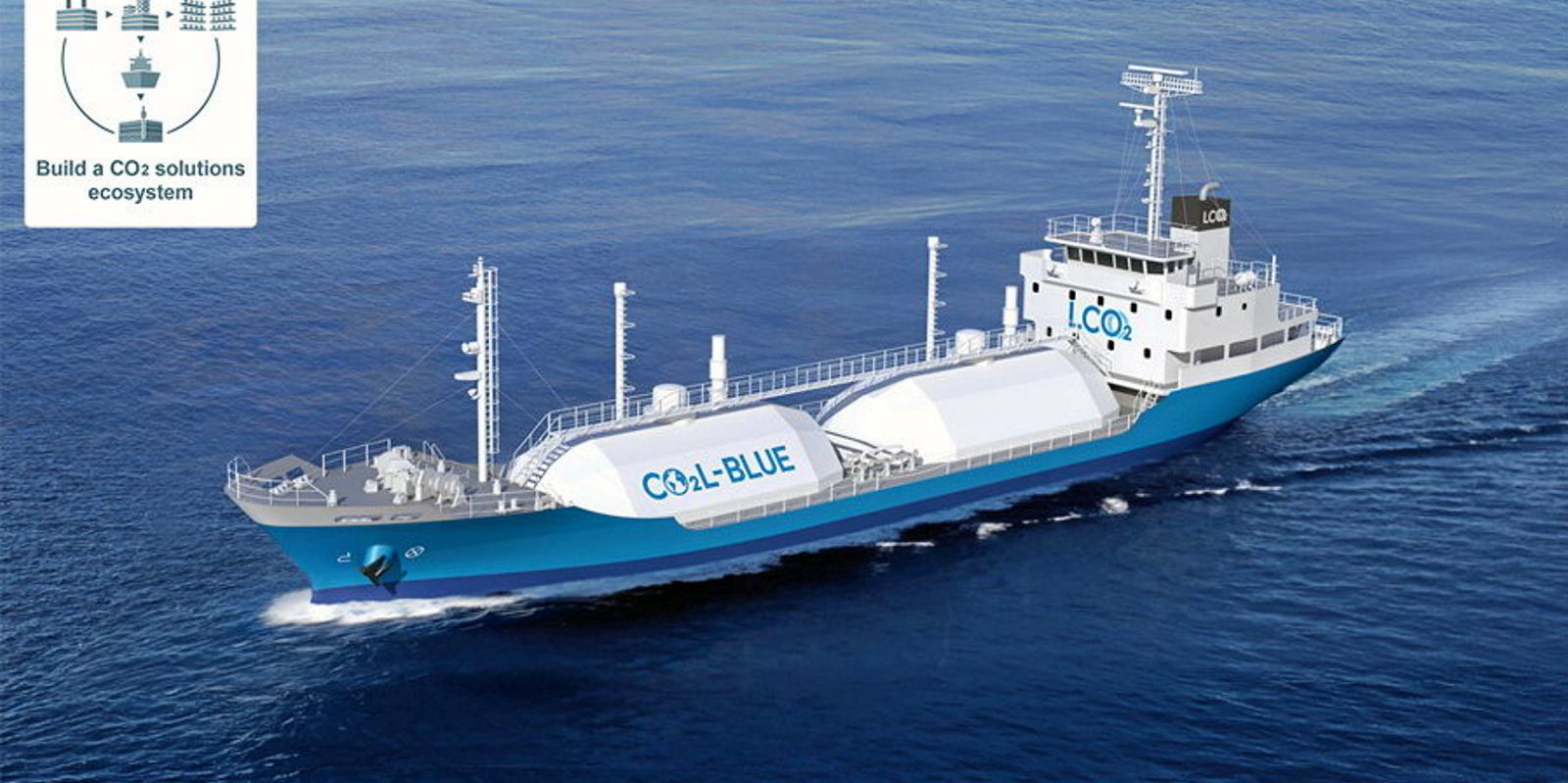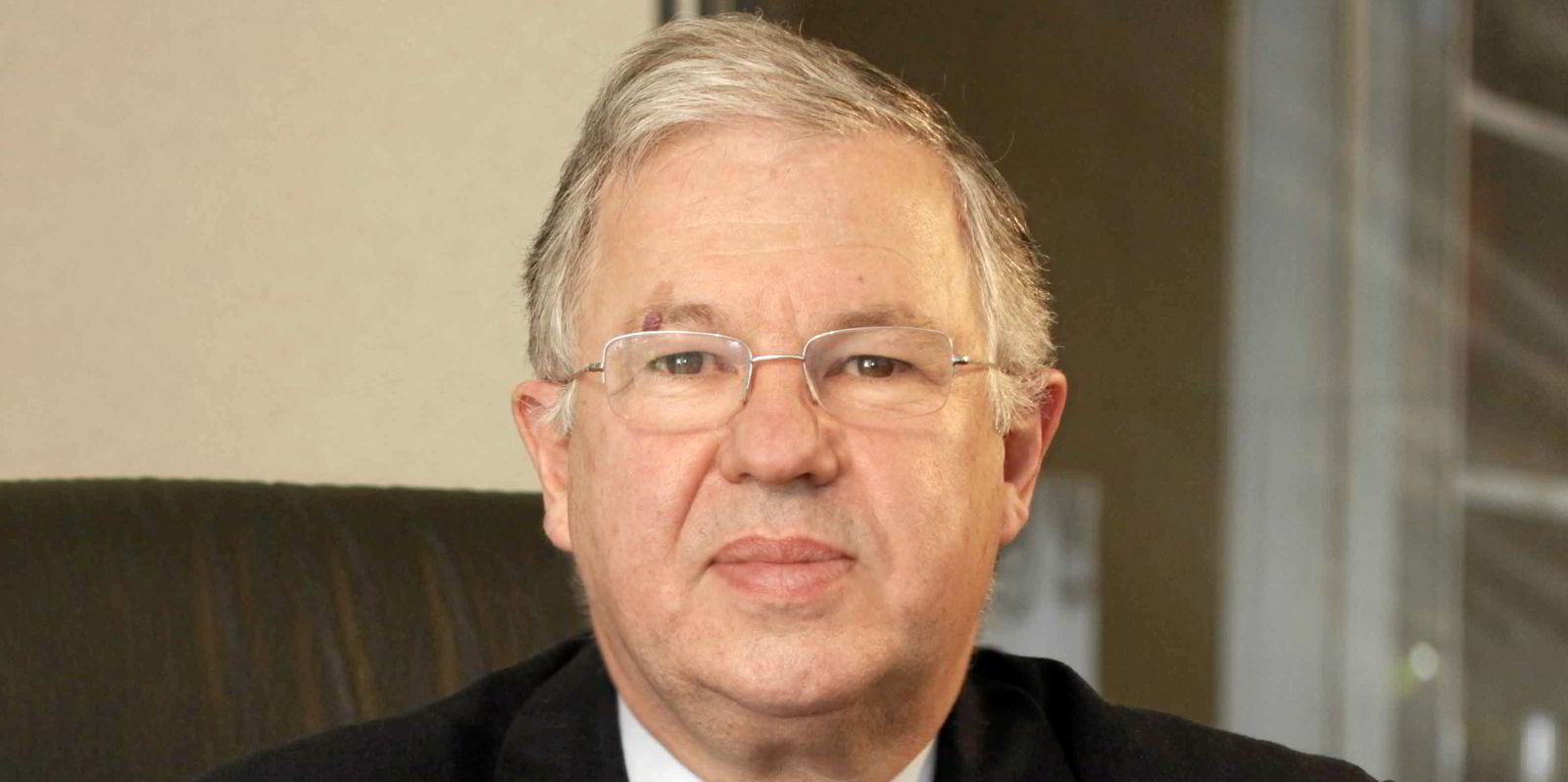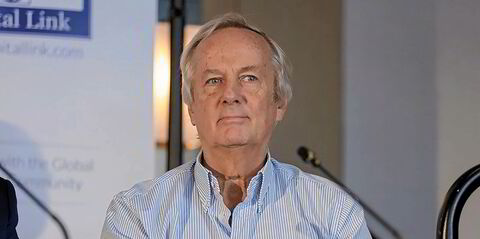As the gas industry becomes greener, a whole new generation of ship types is in the works to cover the world’s decarbonisation needs, the International Gas Union (IGU) said in its annual report.
Very large ammonia carriers (VLACs) may be part of that mix, said the industry group whose 150 members represent over 90% of the global gas market.
“If [zero-to-low carbon] green or blue ammonia is to develop further as a decarbonisation solution, a brand-new fleet of these large ammonia carriers, possibly with a cargo capacity above 100,000 cm, will have to be built in the coming years,” said the IGU in industry review published on 7 July.
Such vessels have already been designed and ammonia as fuel would be a natural option for them — on the condition that the technology and regulations are in place to support them, the IGU said.
- Global LNG trade (2021): 372.3 MT (+4.5% yoy)
- Largest LNG importer (2021): China (79.3 million tons)
- Largest LNG exporter (2021): Australia (78.5 million tons)
- Active LNG fleet: 641 ships (incl. 45 FSRUs) (+10% yoy)
- Global liquefaction capacity: 136.2 mtpa
- Aspirational liquefaction capacity (pre-FID stage): 1,034.5 mtpa
- Global regasification capacity: 901.9 mtpa
- Global floating storage and regasification capacity: 142.6 mtpa
The group called liquid carbon dioxide carriers (LCO2) “another interesting development”. As carbon capture and storage develops, shipping of CO2 “might become a reality” and several large oil and gas companies are already looking into the possibility of ordering such vessels at Chinese and Japanese yards.
The IGU sees the shipping industry dipping a toe in the water with small-size LCO2 carriers of around 7,500 cm before moving on to bigger capacities of 12,000 cm, 20,000 cm or even more.
Liquid hydrogen (LH2) vessels are another energy carrier that might see further development, even though “regulations and technologies need to be developed further”, the IGU said.
A first seagoing LH2 carrier, the 7,800-gt Suiso Frontier (built 2021), entered operations early this year and other designs and cargo tank technologies are currently being proposed.
As for LNG carriers, the IGU is curious to see if the new generation of two-stroke propulsion systems will lead to increased orders for 200,000-cbm vessels.
Already pioneered by Qatar in 2007, this type of ship might make a comeback, depending on economies of scale, flexibility, terminal compatibility and the degree of flexibility charterers will require, according to the report.
Twelve such vessels are currently on order, nine of which will belong to Greek owner Dynagas.
Gas needs to become greener
Initiatives for new types of gas carriers are the shipping equivalent of a movement that must grip the entire industry to make it greener, in response to critics slamming LNG as a fossil fuel, the IGU argued in its report.
“LNG offtakers will be more cautious about the environmental and emissions performance of procured cargoes as the urgency to meet decarbonisation targets intensifies,” according to the document.
1. Maran Gas
2. GasLog
3. Teekay
4. Knutsen OAS
5. MISC
6. Nakilat
7. BW
8. Huyndai LNG Shipping
9. Sovcomflot
10. TMS Cardiff Gas
As investors try to balance energy security with decarbonisation goals, the focus will increasingly turn to LNG, with low-carbon technologies playing a bigger role within the industry.
In a positive example cited by the IGU, several proposed gas liquefaction projects in Canada will be powered by clean, renewable hydroelectricity.
Despite energy security concerns in the wake of the Ukraine war, “the world must stay the course of energy transition”, said the group’s secretary general Milton Catelin.
“Natural gas, together with a growing portfolio of decarbonised, low and zero carbon gases, will be key to making that possible,” he added.






